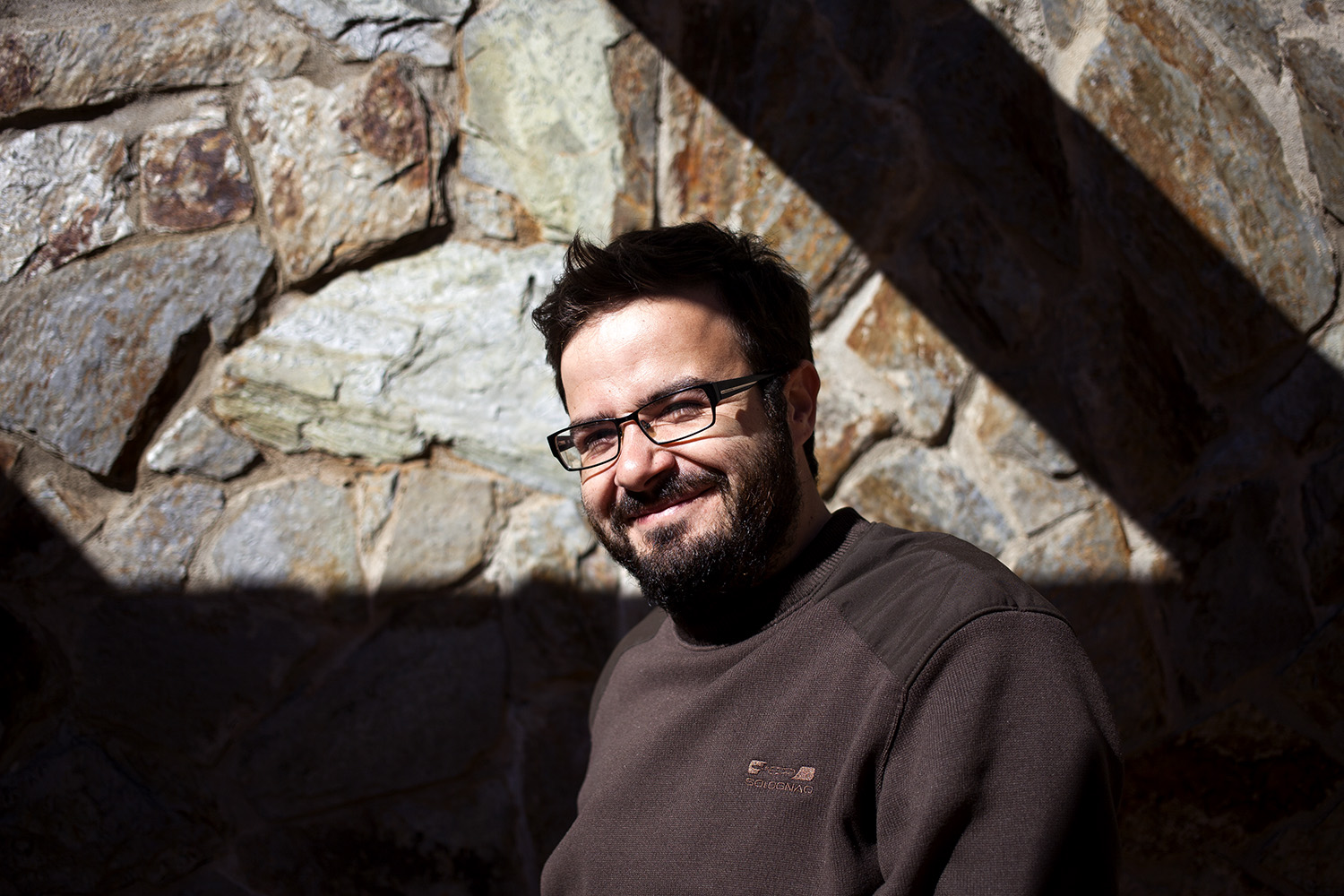Tiago Lopes, 32, from Marinhais (Ribatejo, Portugal) is a keeper in CNRLI since September 2014.
When Tiago Lopes, a marine biologist, knew there was a vacancy at the centre, he decided to apply. His curriculum includes a Zoo near Benidorm (Spain), Badoca Park and Zoomarine (both in Portugal).
“My adaptation had to be done in record time because there were people on holiday. Two weeks after I started I already entered the enclosures. Usually, a keeper enters alone. But the first few times we never go there by ourselves. In the first three weeks I was always accompanied”. When the lynx face a new keeper, they react with fear, they aren’t confident. It took months for lynx to adapt to my presence. So, I am here to stay. Lynx would not like if we were always changing.”
What do you need to be a keeper? “We must have experience with animals, have a sense of what is the behaviour and health of the animal and be used to the managing lynx, when you need to take an animal from one place to another.”
At first lynx seem all very similar and it’s difficult to distinguish them. To make the task easier we have a board in the video surveillance room with all the animal’s locations. With time we begin to distinguish them by their behaviours. Some of them are very confident, as Fresa that is usually at the door asking for rabbits. Era is not confident and eludes us.”
“It is very important to show them that we don’t want to invade their space. One way is to go around them and not walk towards them, so that they don’t feel threatened.”
Cooperation with video-keepers is crucial. “They are our eyes, especially at night when we enter the enclosures. Although we have a flashlight with us, it’s all too dark. Animals are very confident at night.”
From all his work at the centre he especially remembers the births of Bisnaga, Flora and Artemisa’s cubs. “They all occurred on my watch.”
[divider type=”thick”]The Birth of an Iberian-Lynx
A team from Wilder has been at CNRLI for two days on March 2015. In this series we show you how is it to work at this centre and all the people who take care of this endangered species.



